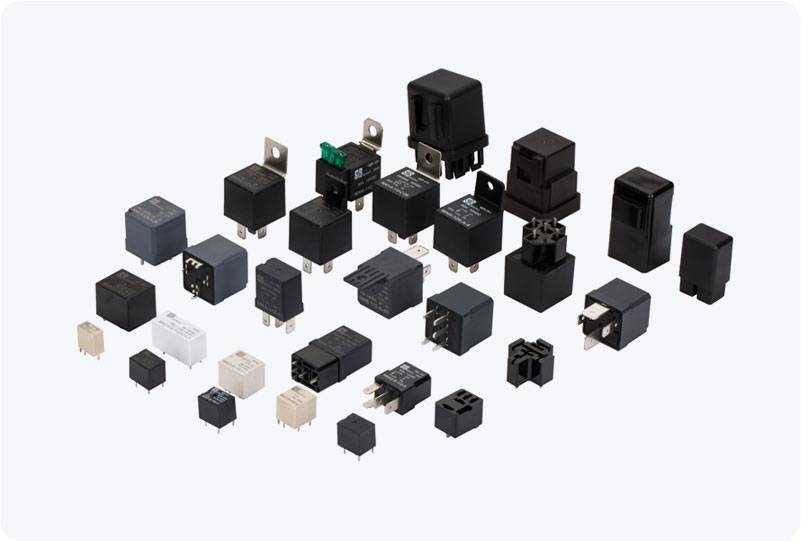explosion-proof relays are electrical relays specifically designed for use in hazardous environments where flammable gases, vapors, or dust might be present. these environments can include industries such as oil and gas, chemical plants, and mining operations. the main goal of explosion-proof relays is to prevent any sparks, arcs, or heat generated by the relay's operation from igniting the surrounding atmosphere, which could lead to an explosion.
Release time:2025-06-07 18:27:47
Here are some key features and aspects of explosion-proof relays:

Safety Standards: Explosion-proof relays must meet international safety standards such as ATEX (in Europe) or UL (in the U.S.), ensuring they can safely operate in hazardous areas.
Enclosed Design: The casing of an explosion-proof relay is usually made from materials like stainless steel or cast aluminum and is tightly sealed to prevent sparks or heat from escaping. This helps protect the surrounding atmosphere from ignition.
Classification of Hazardous Areas: Explosion-proof relays are often used in environments classified by their level of danger. For example, they are rated for zones or divisions where flammable gases, liquids, or dust could be present.

